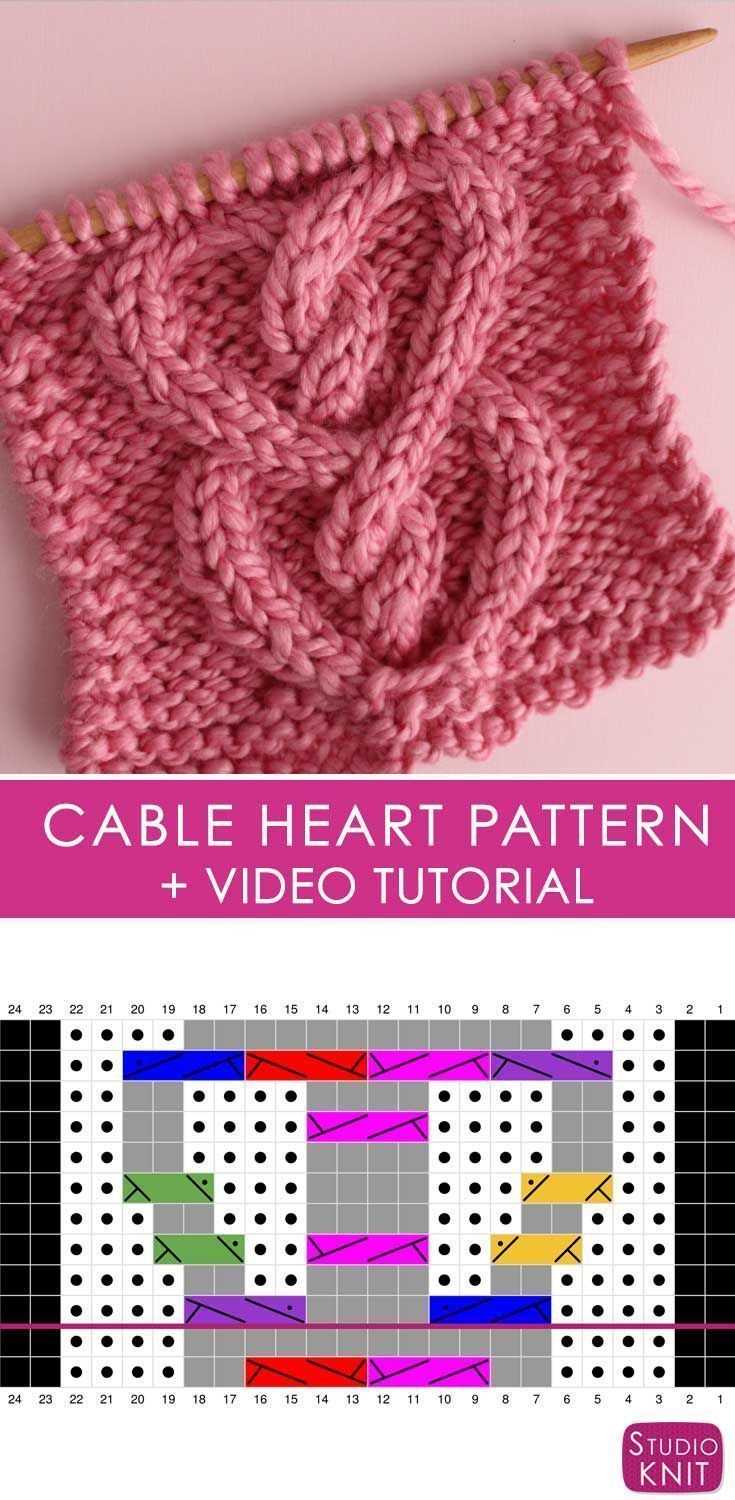
Knitting is a traditional craft that has withstood the test of time. From simple scarves to intricate sweaters, the possibilities are endless when it comes to knitting. One of the most popular knitting techniques is the cable pattern knit.
The cable pattern knit creates a beautiful, textured design that adds depth and interest to any knitted item. It involves crossing stitches over each other to form a twisted, rope-like pattern, resembling actual cables. This technique is accomplished by using a cable needle to hold stitches to the front or back of the work, while crossing other stitches over them.
Cable patterns can vary in complexity, ranging from simple cables that only involve a few stitches, to more intricate designs with multiple cables intertwining. They can be incorporated into a wide range of knitting projects, from sweaters and cardigans to hats and socks. Cable pattern knits are especially popular for cozy winter garments, as they add warmth and a touch of sophistication to any outfit.
Cable Pattern Knit
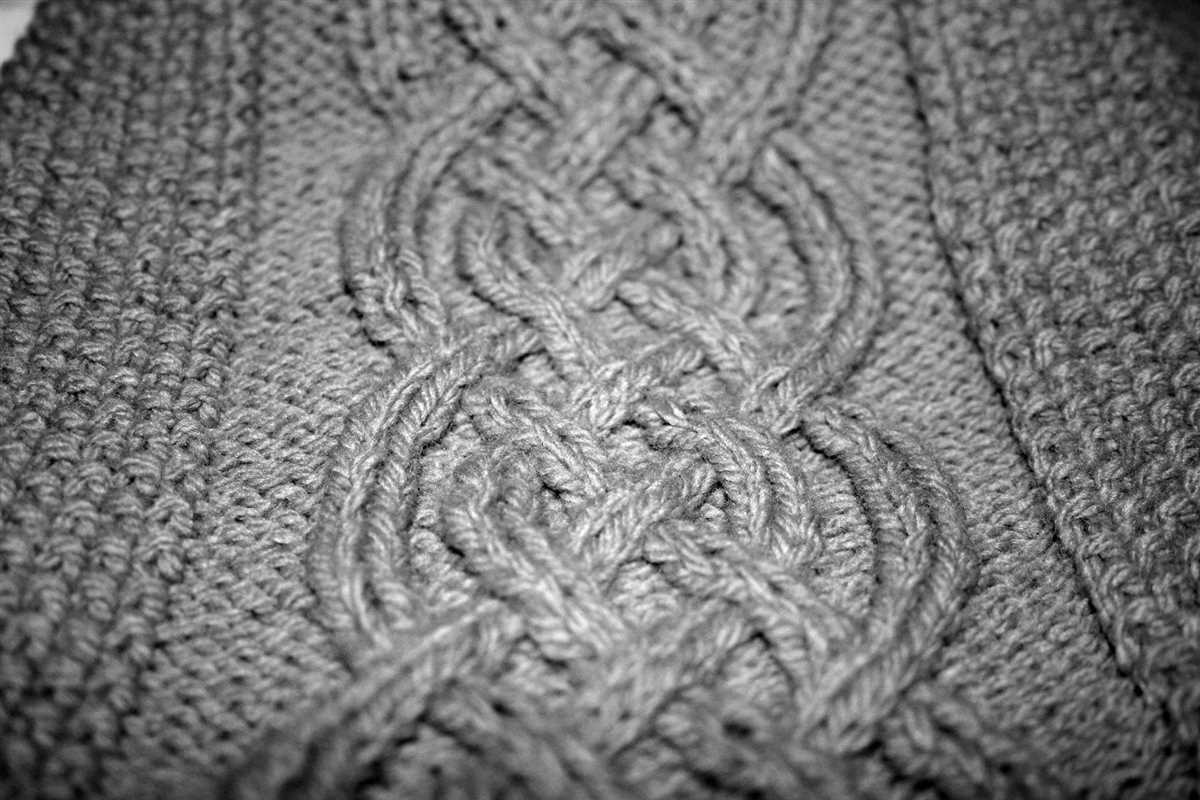
The cable pattern knit is a popular technique in knitting that creates a textured design by crossing stitches over each other. It adds depth and interest to any knitted project, from sweaters and scarves to hats and blankets. The cable pattern knit can be simple or complex, depending on the number and arrangement of the stitches.
To create a cable pattern knit, you will need cable needles or double-pointed needles to hold the stitches while you work. The cable stitches are created by slipping stitches onto the cable needle, holding them in the front or back of the work, and then knitting the next stitches before knitting the stitches from the cable needle. This creates the twisting effect that gives the cable pattern its distinctive look.
The cable pattern knit can be used to add a touch of elegance and sophistication to any knitting project. It can be used as a focal point, such as on the front of a sweater or the center of a blanket, or it can be used as a border or accent to enhance the overall design. The possibilities are endless, and the cable pattern knit is a versatile technique that can be customized to suit any style or taste.
If you’re new to cable knitting, it’s best to start with a simple cable pattern and gradually work your way up to more complex designs. There are many resources available, such as books, online tutorials, and knitting classes, that can help you learn the basics and master the art of cable knitting. So grab your knitting needles and yarn, and start creating beautiful cable pattern knits today!
What is Cable Knitting?
Cable knitting is a technique in knitting that creates intricate patterns resembling twisted, braided, or interwoven cables. These patterns are achieved by crossing stitches over each other, creating an illusion of cables running across the fabric. Cable knitting adds depth and texture to knitted garments and accessories, making them visually appealing and unique.
The process of cable knitting involves using a cable needle or a double-pointed needle to hold a few stitches while the rest of the stitches are worked. The cable needle is used to manipulate the stitches, crossing them over or under each other. This creates the distinctive cable pattern. The stitches held on the cable needle are then incorporated back into the regular knitting, resulting in the twisted cable design.
Cable knitting is often combined with other stitch patterns, such as ribbing or seed stitch, to create more complex and intricate designs. The possibilities for cable patterns are endless, with variations in the number of stitches, the direction of the cable twist, and the placement of the cables on the fabric. Knitters can follow existing cable patterns or create their own unique designs by experimenting with different stitch combinations.
Benefits of Cable Knitting
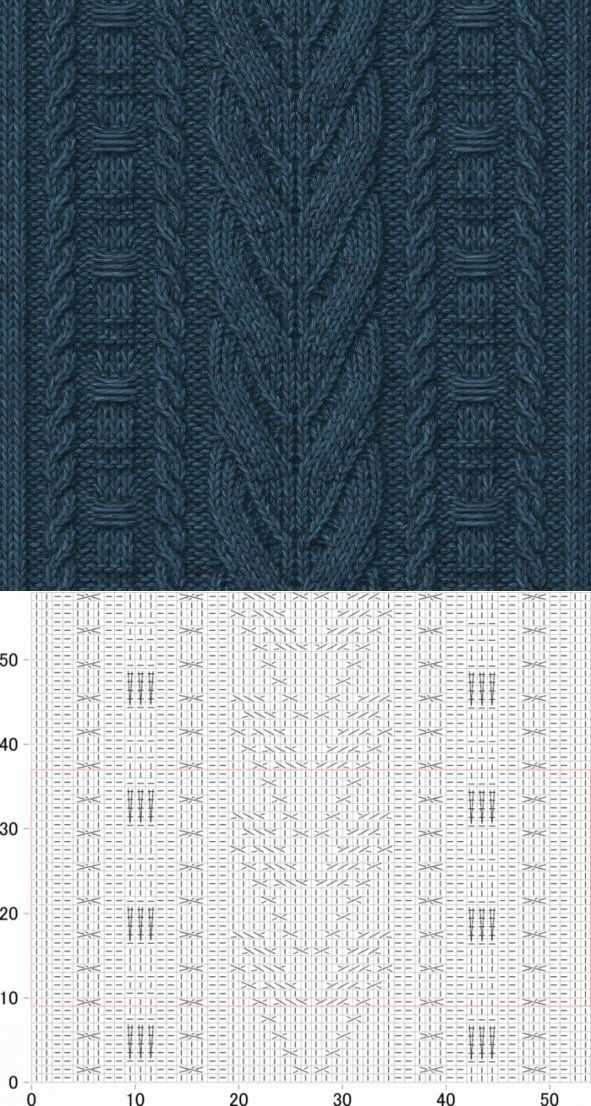
Cable knitting offers several benefits to knitters. Firstly, it adds dimension and interest to knitted garments and accessories, making them stand out from plain knitted items. The textured cables provide a different tactile experience, and the intricate patterns can be a conversation starter.
Secondly, cable knitting allows for customization and personalization. With a wide range of cable patterns available, knitters can choose the exact design they want for their projects. They can incorporate cable patterns into sweaters, scarves, hats, socks, or any other knitted item, making each piece unique to their style and preferences.
Lastly, cable knitting can be a challenging and rewarding technique to master. While it may seem intimidating at first, once knitters understand the basic principles and techniques, they can create stunning cable patterns with ease. The process of working with cables can be engaging and enjoyable, making cable knitting a favorite technique for many knitters.
The History of Cable Knitting
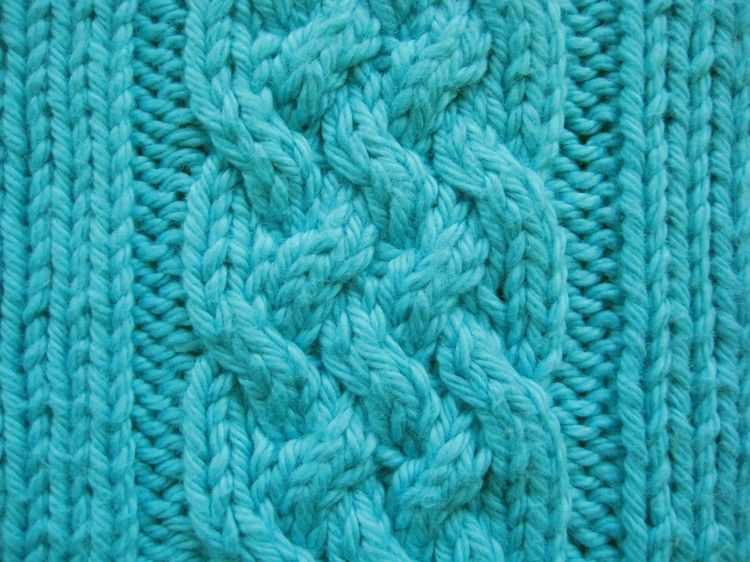
Cable knitting has a long and rich history that spans many centuries. The origins of this intricate knitting technique can be traced back to the Aran Islands in Ireland, where it was developed by the local fishermen’s wives in the early 1900s. These women, living in a rugged and cold environment, needed warm and durable clothing, so they began to create unique patterns using simple cable stitches.
The cable stitches used in traditional Aran knitting are inspired by the ropes and cables used on fishing boats. Each stitch represents different elements of island life, such as the cable rope stitch representing the fishermen’s ropes, the diamond stitch symbolizing wealth and prosperity, and the basket stitch representing a fisherman’s basket.
Initially, cable knitting was done using hand-spun wool and wooden knitting needles. The patterns were passed down from generation to generation, with each family developing its own unique cable designs. The garments created through cable knitting not only provided warmth and protection against the harsh weather but also served as a way to identify the wearer’s family and community.
During the 20th century, as communication and travel advanced, cable knitting gained popularity outside of Ireland. It became a fashion trend, and the intricate cable patterns began to appear on sweaters, cardigans, and other knitted garments around the world. Today, cable knitting continues to be a beloved technique used by both professional and hobbyist knitters, and its heritage and history are cherished by those who take part in this craft.
Basic Cable Knitting Techniques
Learning basic cable knitting techniques is an essential skill for any knitter looking to add texture and interest to their projects. Cable knitting is a technique that creates a twisted or braided effect in the fabric by crossing stitches over each other. Once you understand the basic concept, you can create a wide variety of beautiful cable patterns.
Casting on: To begin your cable project, you will need to cast on the required number of stitches. This can be done using the method of your choice, such as the long-tail cast on or the knitted cast on. Make sure to leave enough space between each stitch to accommodate the cable twists.
Creating cables: To create a cable, you will need to work with a cable needle or a double-pointed needle. Begin by knitting the required number of stitches for the cable, typically two or four stitches. Then, slip these stitches onto the cable needle and hold the needle at the front or back of your work, depending on the direction you want the cable to twist. Knit the next set of stitches from your main needle, and then knit the stitches from the cable needle to complete the cable twist.
Reading cable charts: Many cable patterns are accompanied by charts that represent the cable twists visually. These charts use symbols to represent different types of stitches and indicate the order in which they should be crossed. It is important to learn how to read these charts to follow cable patterns accurately.
- Slipping stitches: In some cable patterns, you may need to slip stitches onto a cable needle without knitting them. This is done to create an elongated stitch that will later be crossed over other stitches to form the cable twist.
- Multiple cable crosses: Advanced cable patterns may require multiple cable crosses in the same row. It is important to keep track of the order and direction of these crosses to maintain the integrity of the cable pattern.
By mastering these basic cable knitting techniques, you will be able to create stunning cable patterns and add depth and complexity to your knitting projects.
Choosing the Right Yarn for Cable Knitting
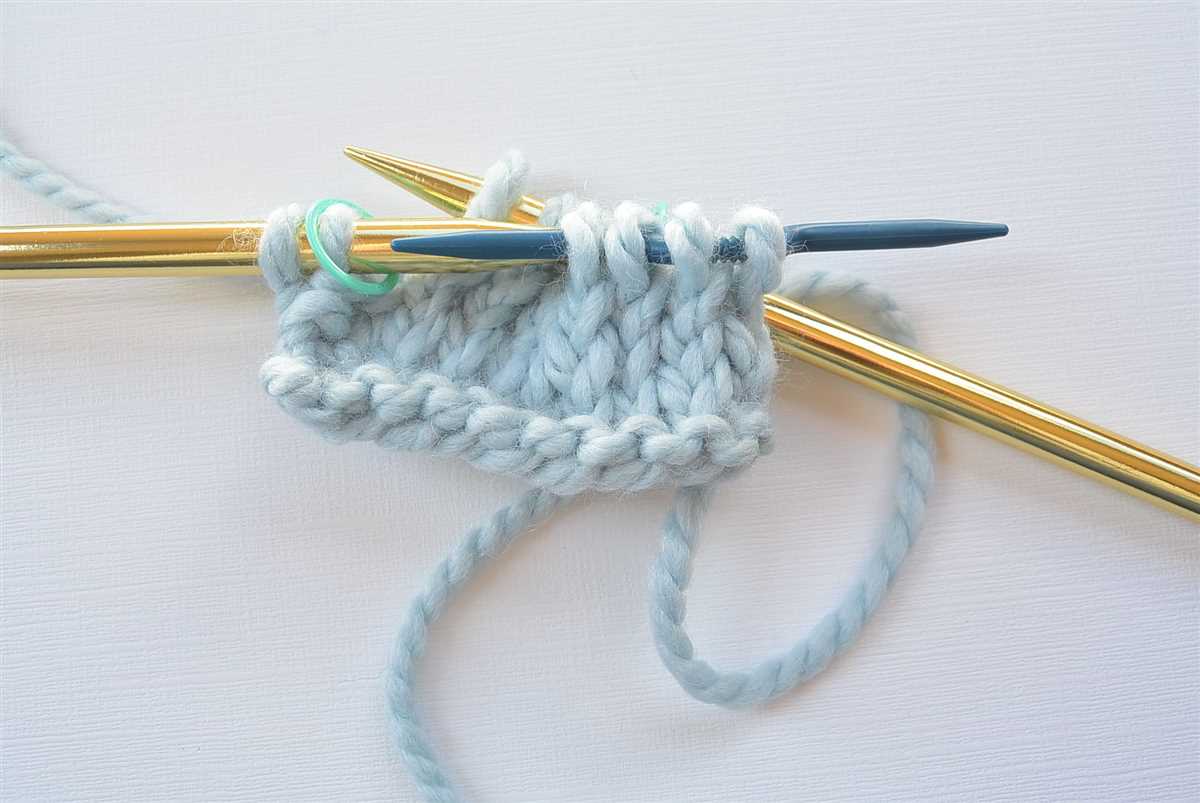
When it comes to cable knitting, selecting the right yarn is crucial in order to achieve the desired outcome. Cable patterns create intricate and textured designs, and the yarn choice can greatly impact how well these designs stand out. Here are some factors to consider when choosing yarn for cable knitting.
1. Weight: The weight of the yarn refers to its thickness, which is measured in ply or gauge. For cable knitting, it is generally recommended to use a medium to bulky weight yarn. This allows the cables to be more pronounced and the overall design to have more depth.
2. Fiber: Different fibers have different properties and can affect the appearance and drape of the finished cable knit garment. Wool is a popular choice for cable knitting due to its elasticity and ability to hold the cable patterns well. However, other natural fibers such as alpaca and cashmere can also be used for a softer and more luxurious feel. Acrylic yarns can be used as well, offering affordability and easy care.
3. Texture: The texture of the yarn can enhance the cable patterns and make them more visually appealing. Yarns with a slight halo or fuzziness can add depth and dimension to the cables. Alternatively, smooth and tightly spun yarns can create crisp and defined cable patterns. Consider the overall look and feel you want to achieve when selecting the texture of the yarn.
4. Color: The color of the yarn can greatly impact the visibility of the cable patterns. Solid or semi-solid colors tend to showcase cables best, allowing the intricate designs to stand out. Variegated or heavily patterned yarns may distract from the cables and make them less noticeable. Consider the complexity of the cable pattern and choose a color that will complement and highlight the design.
5. Budget: Lastly, consider your budget when choosing yarn for cable knitting. While luxury fibers may be tempting, they can come with a higher price tag. However, there are plenty of affordable options available that still provide great results. Ultimately, the most important factor is finding a yarn that you enjoy working with and that will bring your cable knitting project to life.
Common Cable Knit Patterns
Cable knitting is a popular technique used in knitting patterns to create beautiful textured designs. This technique involves crossing stitches over each other, creating a twisted appearance. There are several common cable knit patterns that knitters often use to add interest and complexity to their projects. These patterns can range from simple to intricate, offering endless possibilities for creativity.
One of the most basic cable knit patterns is the classic 3-stitch cable. These cables are made by crossing three stitches over each other, either to the left or to the right. This pattern is often used as an introduction to cable knitting and can be easily incorporated into scarves, hats, and sweater designs. It adds a touch of elegance and sophistication to any project.
1. Braided Cable Pattern
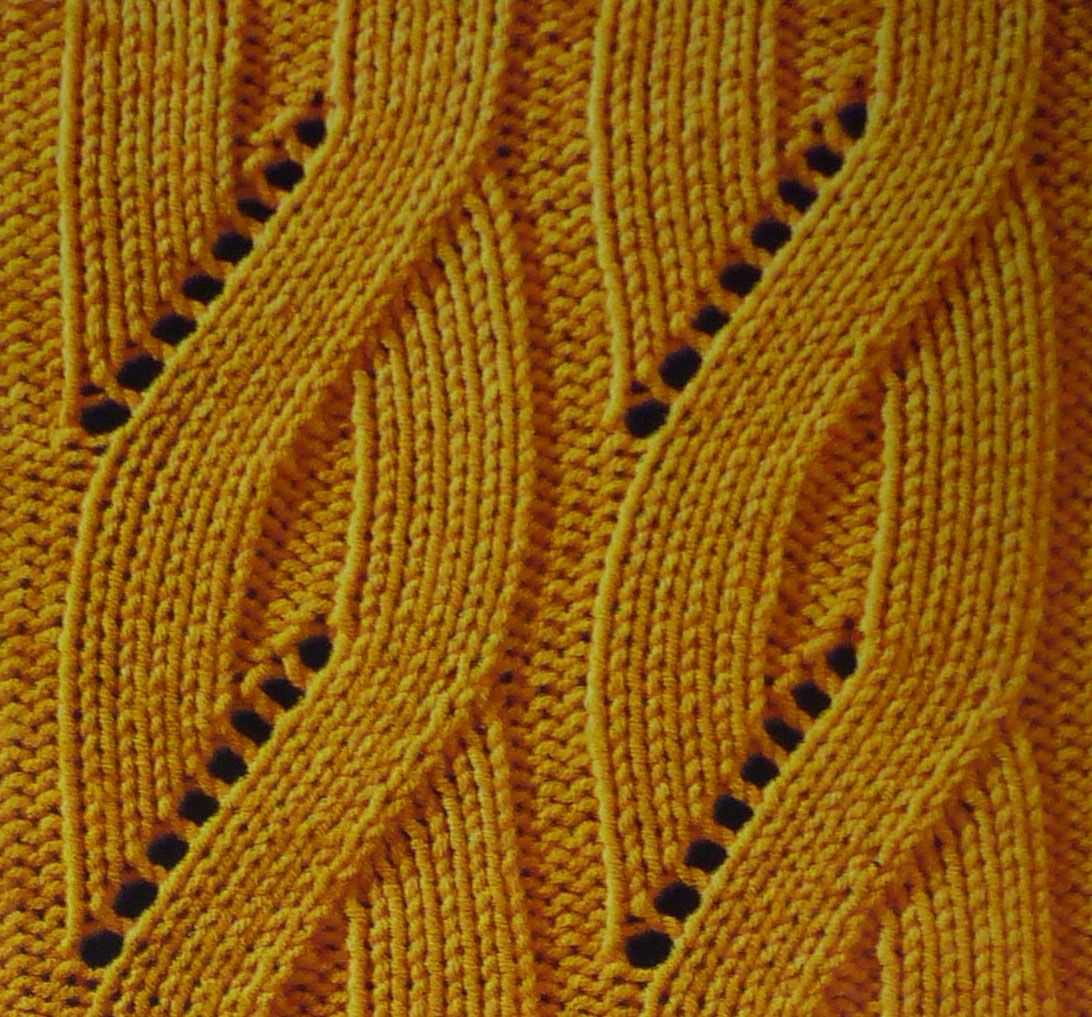
The braided cable pattern is a beautiful and classic design that resembles a braid. This pattern usually consists of multiple strands of twisted cables crossing over each other in an interlocking pattern. It creates a visually appealing and intricate texture that is perfect for sweaters, cardigans, and blankets. The braided cable pattern is often used in traditional Aran knitting, adding a touch of Irish heritage to knitted garments.
2. Honeycomb Cable Pattern
The honeycomb cable pattern is another popular choice for cable knitting enthusiasts. This pattern creates a geometric design that resembles a honeycomb or a beehive. It is made by crossing multiple stitches over each other in a specific sequence, creating a repeating pattern that is both visually interesting and versatile. The honeycomb cable pattern is often used in scarves, cowls, and hats, as well as in larger projects like sweaters and blankets.
3. Rope Cable Pattern
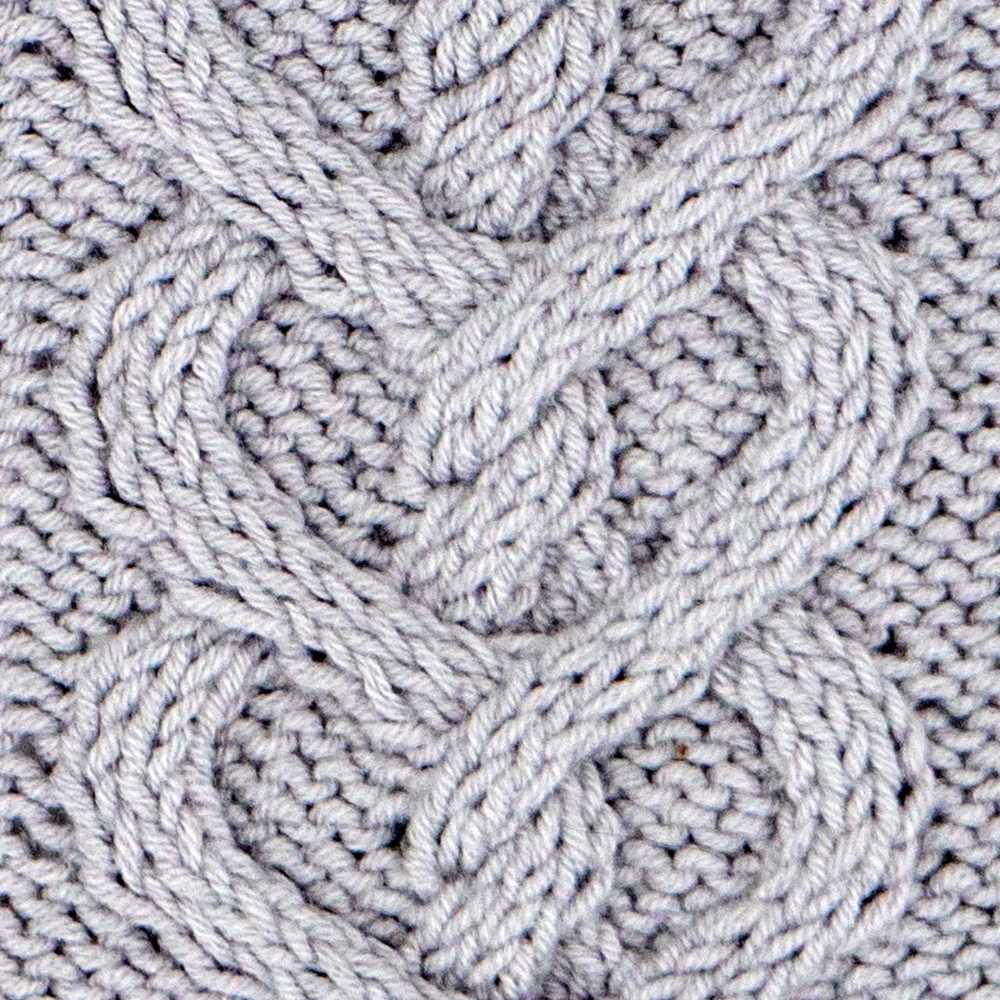
The rope cable pattern is a classic and timeless design that resembles a twisted rope or a cable. It is made by crossing stitches over each other in a specific sequence, creating a strong and sturdy appearance. The rope cable pattern is often used in projects that require a more masculine or nautical touch, such as men’s sweaters, cardigans, and accessories. It adds depth and texture to the fabric, making it a popular choice for a variety of knitting projects.
Overall, cable knitting offers endless opportunities for creativity and design. With these common cable knit patterns, knitters can create beautiful and unique garments and accessories that showcase their skills and personal style. Whether you’re a beginner or an experienced knitter, incorporating cable knit patterns into your projects can elevate them to a new level of elegance and sophistication.
Advanced Cable Knitting Techniques
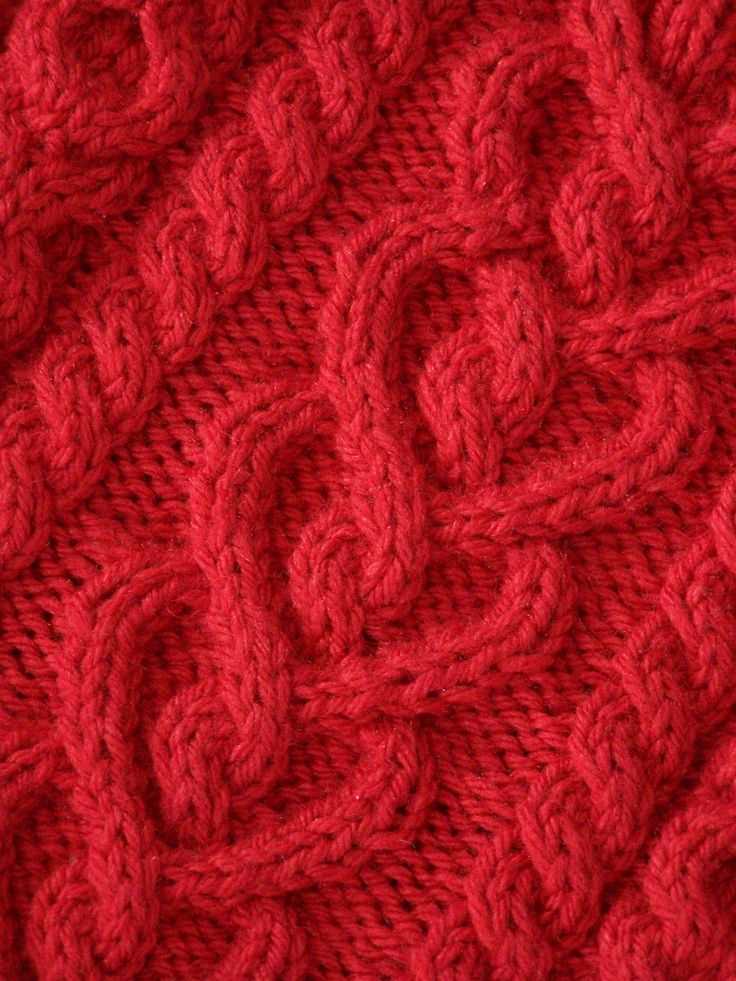
Cable knitting is a popular technique in which stitches are crossed over each other to create beautiful and intricate patterns. While basic cable knitting involves simple twists and crosses, advanced cable knitting techniques take it to the next level, allowing knitters to create more complex and stunning designs.
1. Double Cable Stitch: This advanced technique involves crossing two cable stitches over each other, creating a more intricate and unique pattern. It requires careful attention to detail and precision in order to achieve the desired effect.
2. Traveling Cable Stitch: In this technique, the cable pattern is created by moving the cable stitches along the fabric, rather than crossing them over each other. This creates a visually interesting effect and allows for more versatility in designing cable patterns.
3. Lace Cable Stitch: Combining lace and cable knitting, this technique adds an extra level of complexity and beauty to cable patterns. It involves incorporating lace motifs into cable stitches, resulting in delicate and intricate designs that are sure to impress.
- 4. Knot Cable Stitch: This technique involves creating cable stitches that resemble knots or twists, adding a unique and eye-catching element to the overall cable pattern.
- 5. Cable Stitch with Beads: For those looking to add some extra flair to their cable knitting projects, incorporating beads into cable stitches can create a stunning and decorative effect.
- 6. Tree of Life Cable Stitch: Inspired by the Celtic symbol of the Tree of Life, this cable knitting technique creates a beautiful and meaningful pattern. It often involves intertwining cables in the shape of a tree, symbolizing growth and unity.
As you delve into the world of advanced cable knitting techniques, be prepared to spend some time mastering the intricacies of each stitch and pattern. Practice makes perfect, and with dedication and patience, you’ll be able to create breathtaking cable designs that will impress both yourself and others.
Troubleshooting Cable Knitting
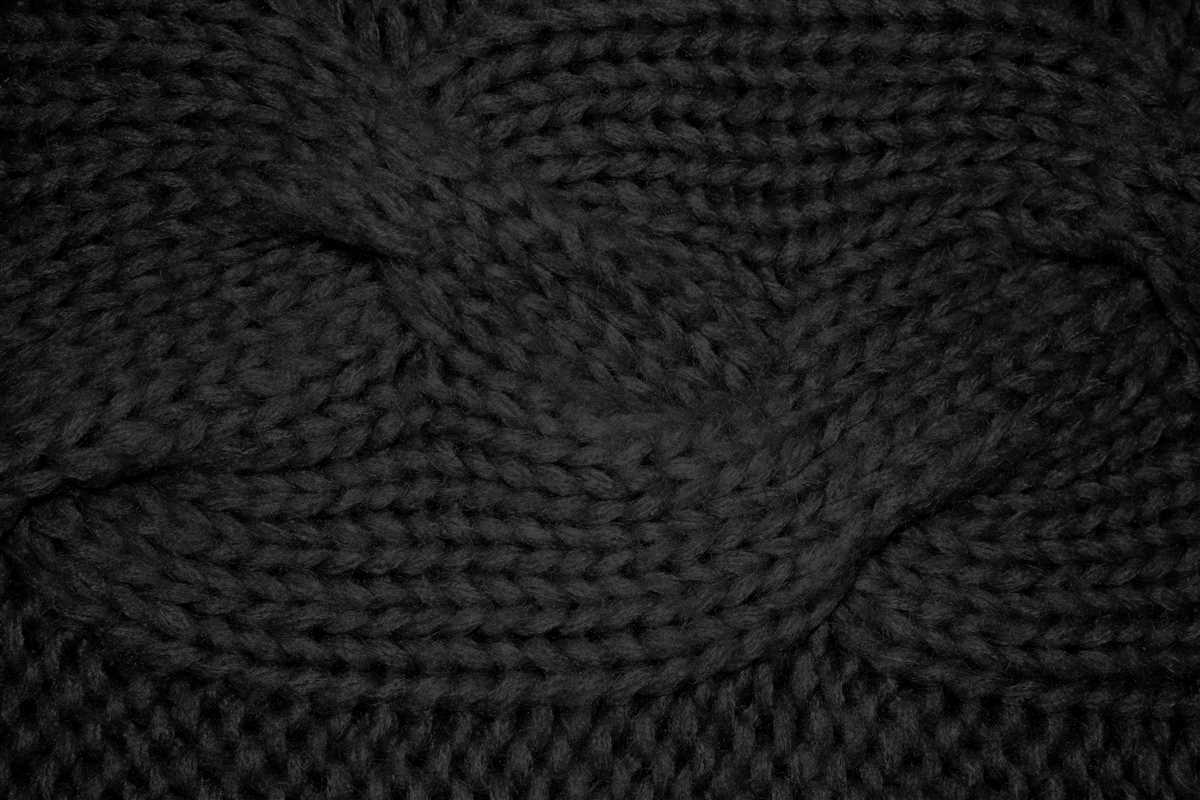
While cable knitting can create beautiful and intricate designs, it can also be challenging and sometimes lead to mistakes or errors. Here are some common issues that may arise while working on cable patterns and how to troubleshoot them.
1. Twisted Stitches
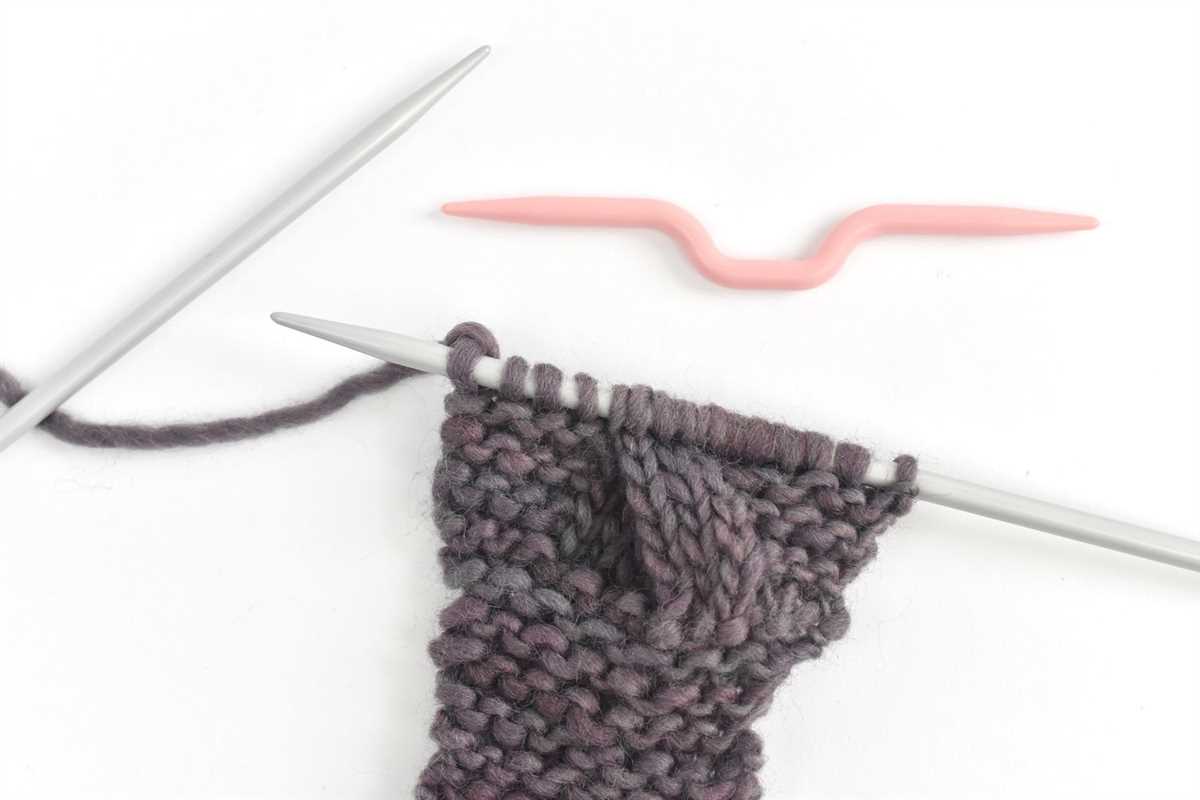
One of the most common problems in cable knitting is accidentally twisting stitches during the cable crossing. Twisted stitches can disrupt the pattern and affect the overall look of the finished project. To prevent this, make sure to carefully follow the cable chart or instructions and double-check each stitch as you work the cable cross.
2. Missing or Extra Stitches
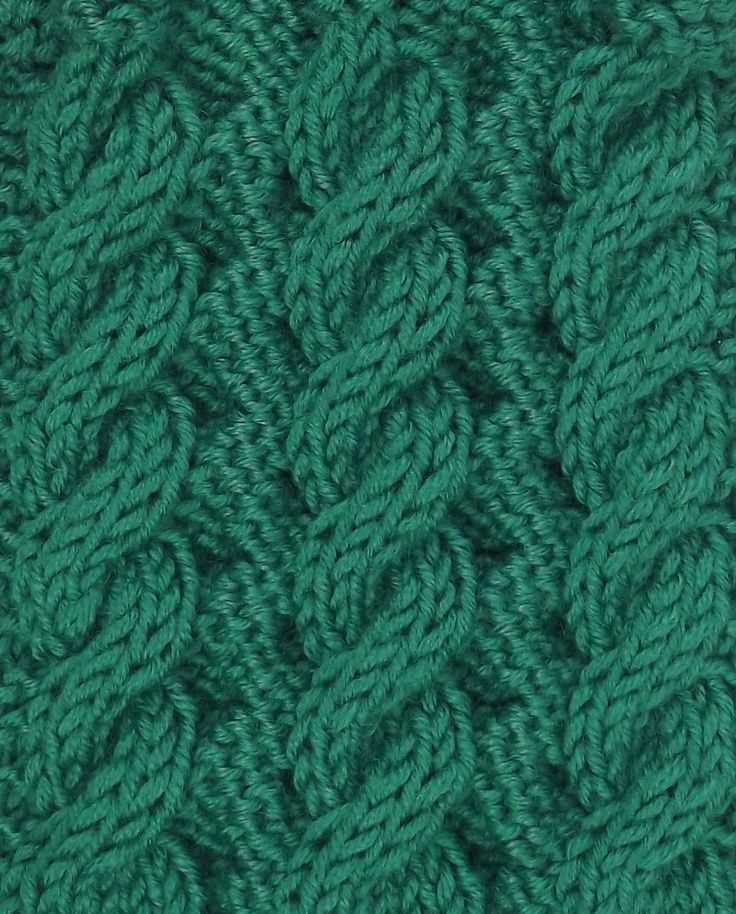
Another issue that may occur is the accidental addition or omission of stitches within the cable pattern. This can throw off the entire design and cause frustration. To fix this problem, carefully count the stitches before and after the cable cross to ensure that you have the correct number. If you have missed a stitch, carefully undo the cable cross and rework it. If you have added a stitch, carefully undo the cable cross and remove the extra stitch.
3. Uneven Tension
Uneven tension can also be a common problem when working on cable patterns. This can result in uneven and misshapen cables. To ensure even tension, it is important to maintain consistent tension throughout the entire project. Pay attention to your knitting technique and try using stitch markers to help keep track of the cable pattern.
4. Mistakes in the Cable Chart
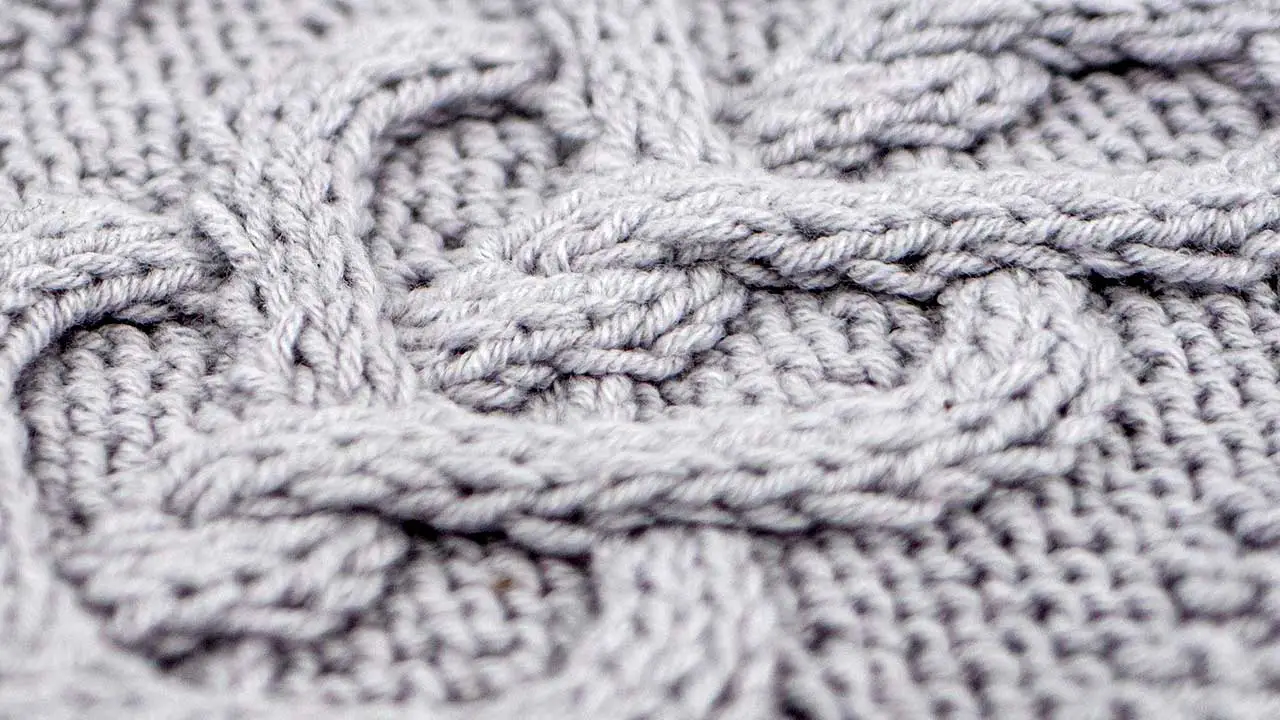
Sometimes, mistakes can be found in the cable chart or instructions provided. This can cause confusion and frustration, especially for less experienced knitters. To troubleshoot this, carefully compare the written instructions with the cable chart and identify any discrepancies. If you find a mistake, try reaching out to the pattern designer or consulting with experienced knitters for guidance on how to proceed.
By being aware of these common issues and knowing how to troubleshoot them, you can confidently tackle cable knitting projects and enjoy the beautiful results that cables can create in your knitting. Remember to stay patient and take your time when working on cable patterns to ensure the best outcome.
Cable Knitting Tips and Tricks
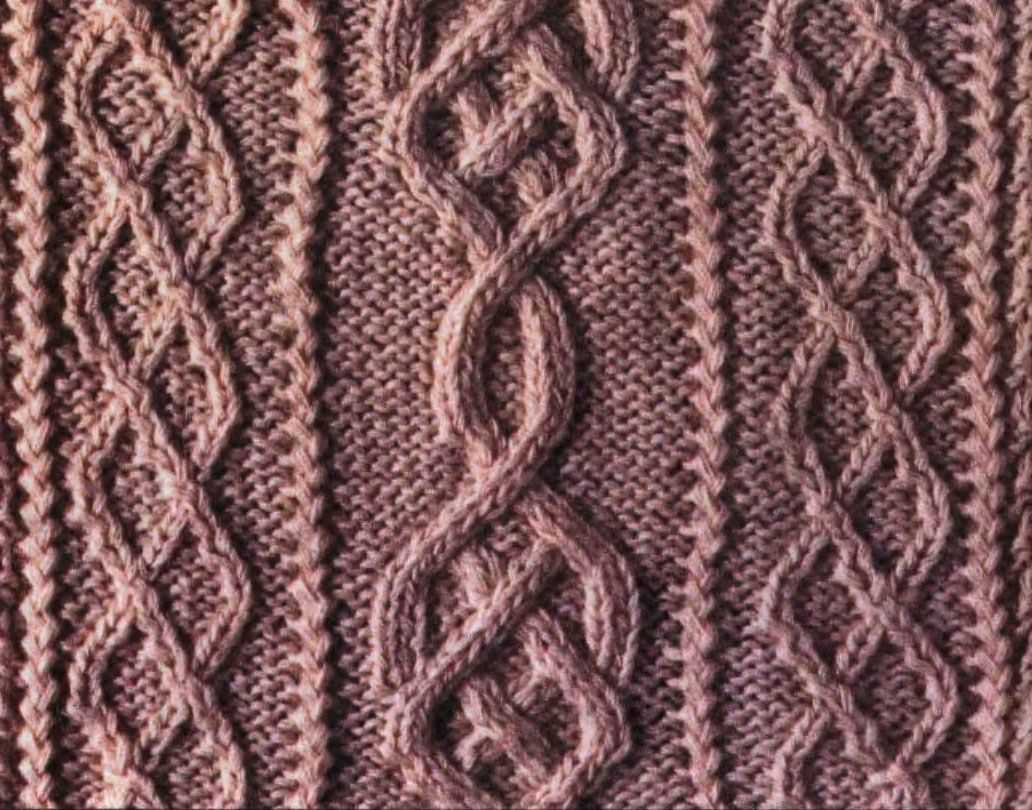
Cable knitting is a popular technique that adds texture and visual interest to knitted garments and accessories. Whether you’re a beginner or an experienced knitter, here are some tips and tricks to help you master cable knitting.
1. Use a cable needle
A cable needle is a specialized knitting needle with a curve or a U-shape in the middle. It is used to hold the stitches while you cross them over each other to create the cable pattern. Using a cable needle makes it easier to manipulate the stitches and ensures that they are held securely in place while you work on the cable.
2. Read and follow the cable chart
Cable patterns are usually represented in the form of a chart, which shows the stitches and their placement in each row of the pattern. It’s important to carefully read and understand the cable chart before you start knitting. Pay attention to the symbols and directions used in the chart to ensure that you are crossing the stitches correctly and in the right direction.
3. Practice proper tension
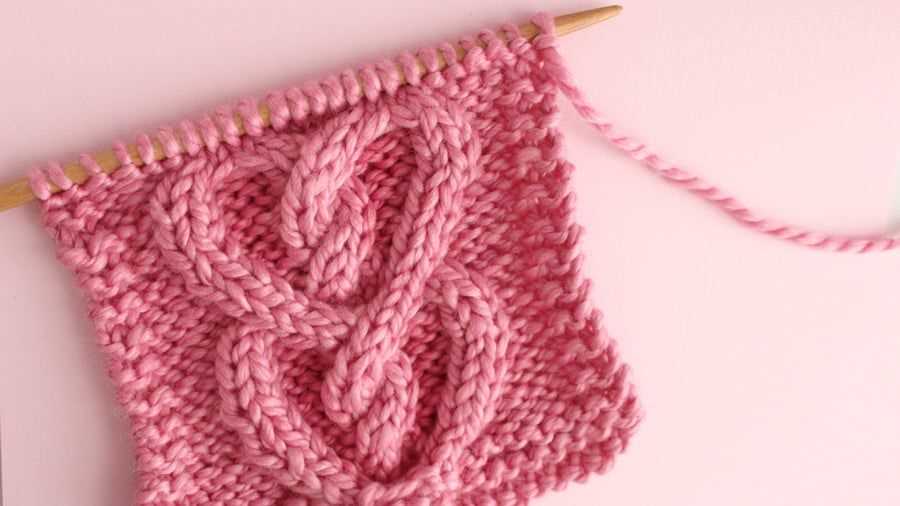
Proper tension is important in cable knitting to ensure that the cables stand out and the fabric maintains its shape. When crossing the stitches, make sure to pull the working yarn tightly to create a defined cable. However, be careful not to pull too tightly as this can distort the fabric. Practice maintaining a consistent tension throughout your knitting to achieve even and balanced cables.
4. Use stitch markers
When working on complex cable patterns with multiple cables, it can be helpful to use stitch markers to mark the beginning and end of each cable section. This will help you keep track of where you are in the pattern and prevent any mistakes. Place the stitch markers before and after the cable section, and move them up as you progress through the pattern.
5. Experiment with different cable patterns
Once you feel comfortable with basic cable knitting, don’t be afraid to experiment with different cable patterns. There are countless cable designs and combinations to try, ranging from simple twists to intricate braids. By exploring different cable patterns, you can add variety and uniqueness to your knitting projects.
By following these tips and tricks, you can enhance your cable knitting skills and create beautiful and intricate cable patterns in your projects. Remember to practice and be patient, as cable knitting may require a bit of extra time and attention compared to regular knitting techniques. Enjoy the process and have fun exploring the endless possibilities of cable knitting!
Project Ideas for Cable Knitting
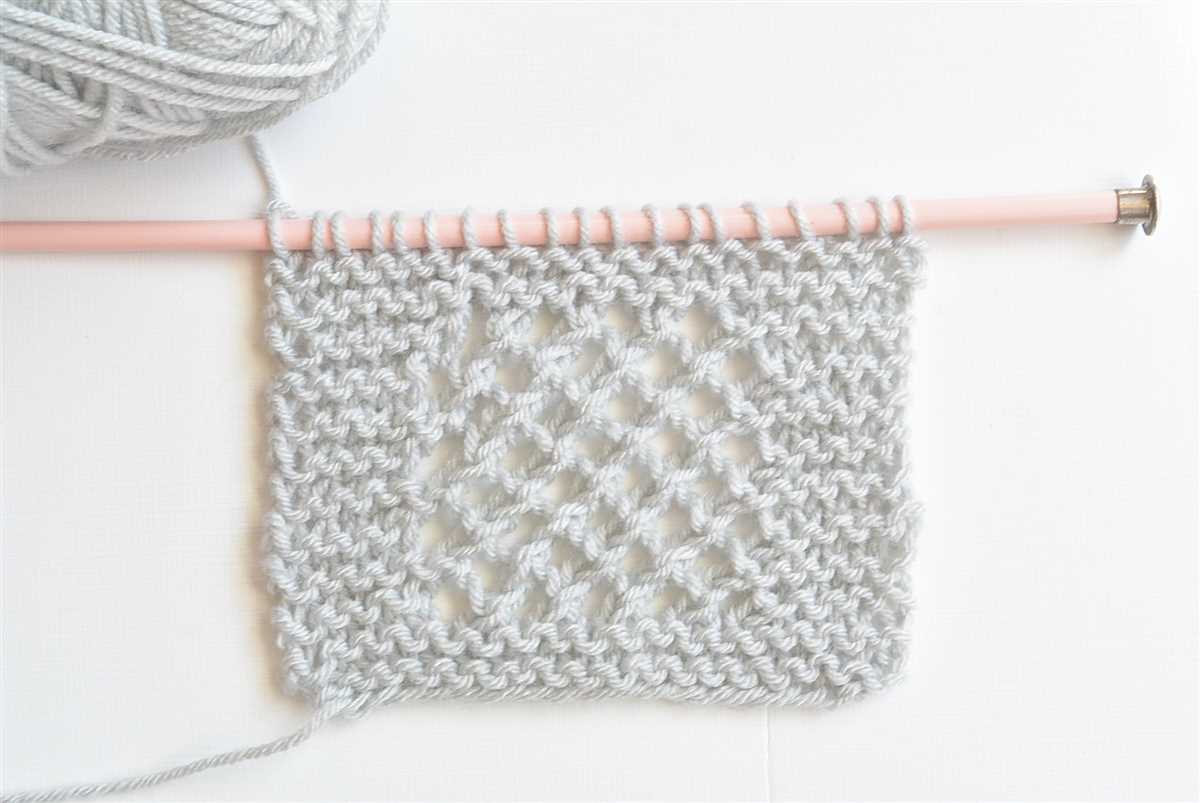
Cable knitting is a popular technique that adds texture and interest to any knitting project. Whether you’re a beginner or an experienced knitter, there are plenty of project ideas to explore and showcase your cable knitting skills. Here are some ideas to inspire your next cable knitting project:
1. Cable Scarf
Create a cozy and stylish cable scarf that will keep you warm during the colder months. Experiment with different cable patterns and yarn weights to achieve a unique and personalized design. You can also add fringe or tassels for an extra touch of flair.
2. Cable Hat
A cable hat is a great accessory to showcase your cable knitting skills. Choose a pattern that incorporates intricate cable designs and experiment with different yarn colors to make it your own. Knit a matching scarf for a coordinated winter ensemble.
3. Cable Sweater
A cable sweater is a classic and timeless piece that never goes out of style. Knitting a cable sweater allows you to showcase your cable knitting skills on a larger scale. Choose a pattern that incorporates different cable designs and experiment with different yarn fibers for a cozy and warm result.
4. Cable Blanket
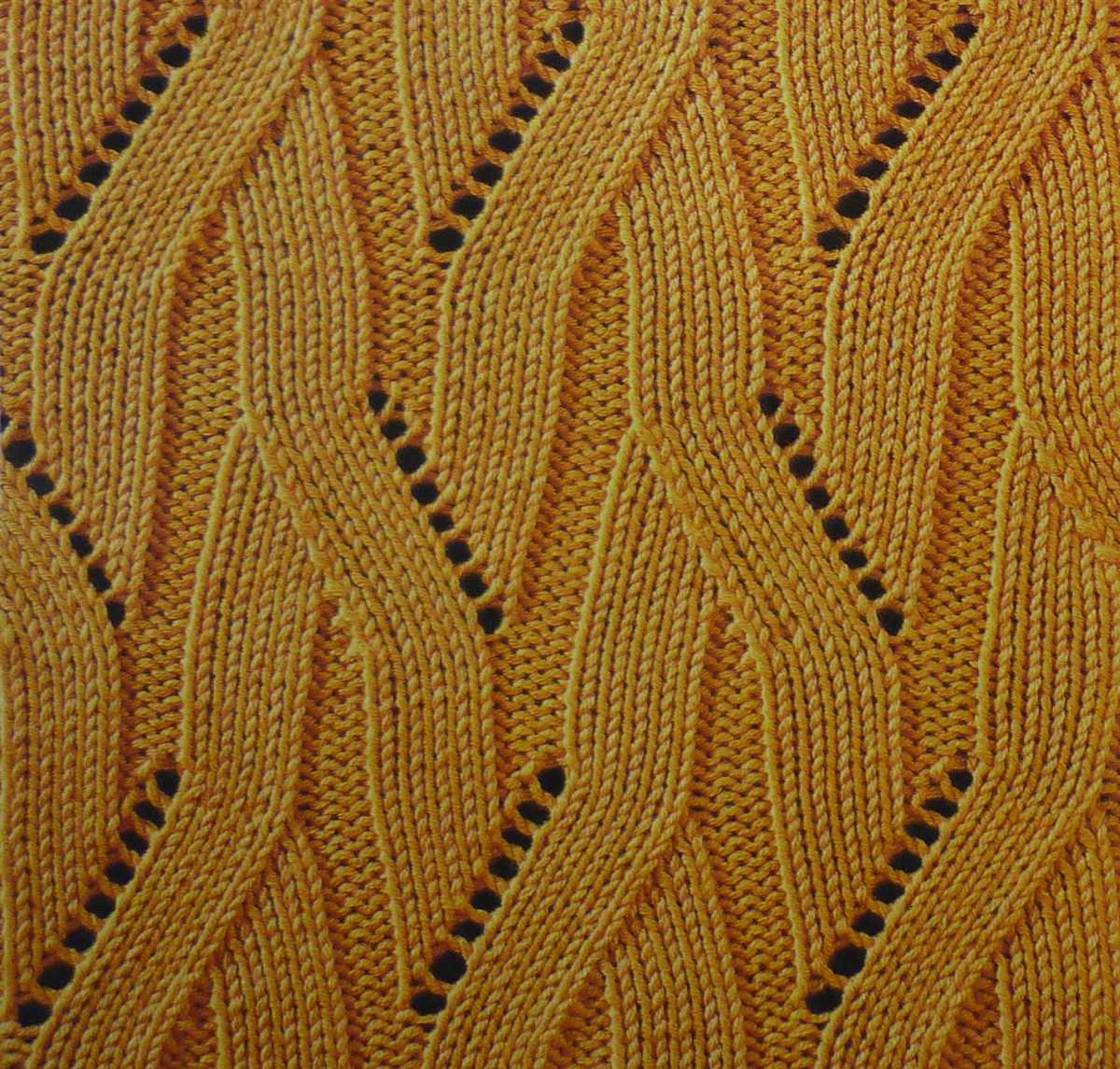
Create a cozy cable blanket that will add warmth and texture to any space. Knit individual cable panels and seam them together, or work the cable pattern in the center of the blanket and add a border for a finished look. Choose a soft and durable yarn to make it a practical and cherished piece.
5. Cable Mittens
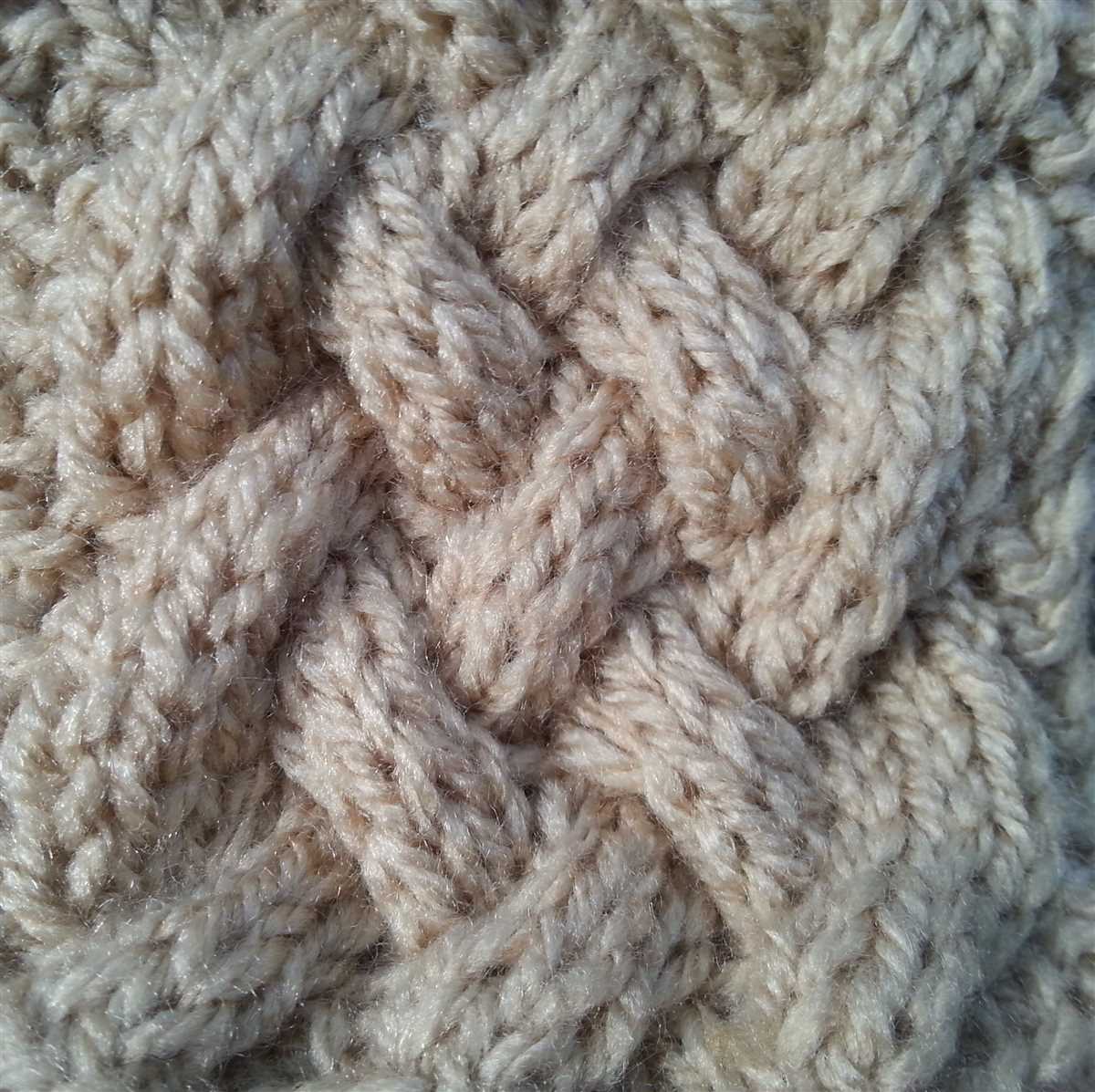
Knit a pair of cable mittens to keep your hands warm during the winter months. Choose a cable pattern that is both decorative and functional, and experiment with different yarn fibers to achieve the desired warmth and softness. You can also add a lining for an extra layer of insulation.
These are just a few project ideas to get you started on your cable knitting journey. The possibilities are endless, so don’t be afraid to get creative and experiment with different cable patterns, yarns, and project types. Happy knitting!
Final Thoughts on Cable Knitting
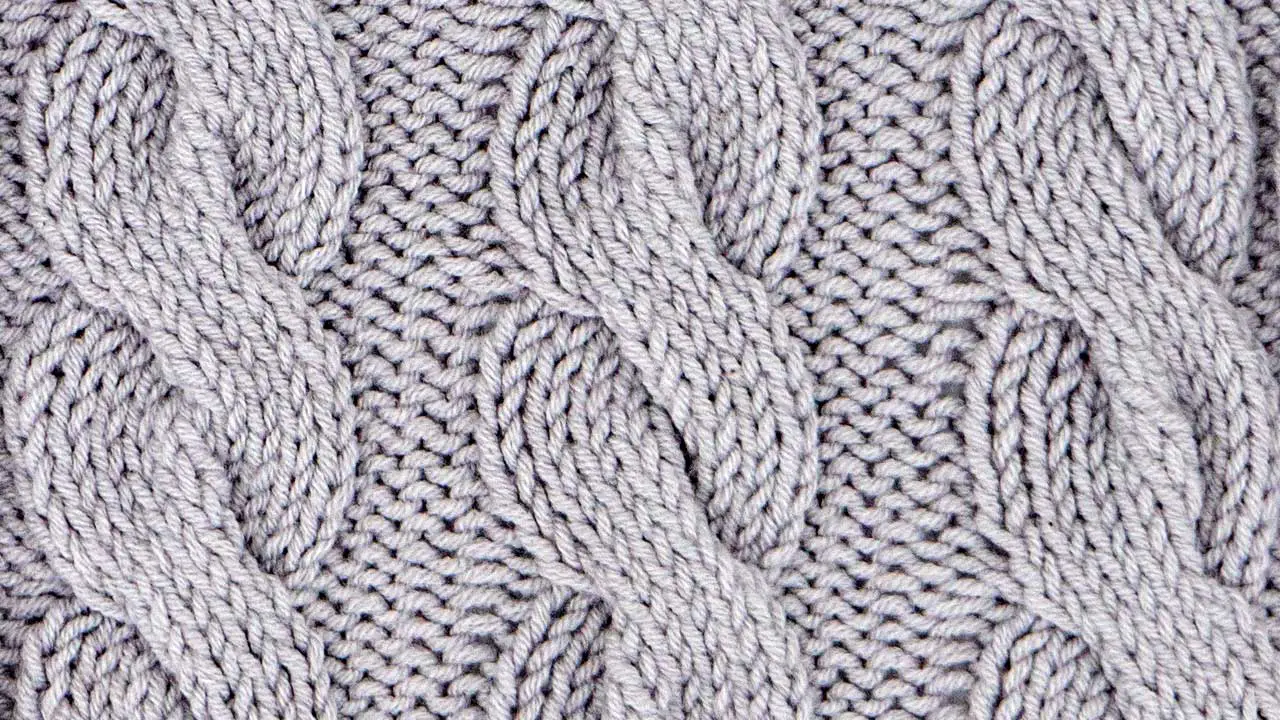
Learning cable knitting can seem daunting at first, but with some practice and patience, it becomes an incredibly rewarding and enjoyable skill to have. Whether you’re a beginner or an experienced knitter, cable patterns provide endless opportunities for creativity and personalization in your knitting projects.
One of the great things about cable knitting is the variety of patterns available. From simple designs with only a few crosses to intricate cables with complex twists and turns, there is always something new to try and master. This versatility allows you to create unique and stunning garments, accessories, and home decor items.
Here are some key takeaways for cable knitting:
- Practice makes perfect: Like any new skills, cable knitting requires practice to improve. Don’t get discouraged if your first few attempts don’t come out as expected. Keep practicing and experimenting, and you’ll soon become more confident and comfortable with this technique.
- Attention to detail: Cable knitting requires paying attention to the pattern instructions, especially when it comes to crossing stitches. By following the pattern closely and double-checking your work, you can avoid mistakes and achieve beautiful, well-defined cable designs.
- Experiment and innovate: While traditional cable patterns are timeless classics, don’t be afraid to experiment and create your own unique designs. Try combining different cables, adding twists and turns, or even incorporating other knitting techniques into your cable knitting projects.
- Don’t neglect blocking: Blocking is an essential step in knitting, especially for cables. It helps to even out the stitches, open up the cables, and give your finished piece a polished and professional look. Take the time to block your cable knits, and you’ll be amazed at the difference it makes.
Whether you’re knitting a cozy sweater, a warm hat, or a decorative pillow cover, cable knitting adds texture, depth, and elegance to your creations. It’s a timeless technique that has stood the test of time and continues to captivate knitters of all levels.